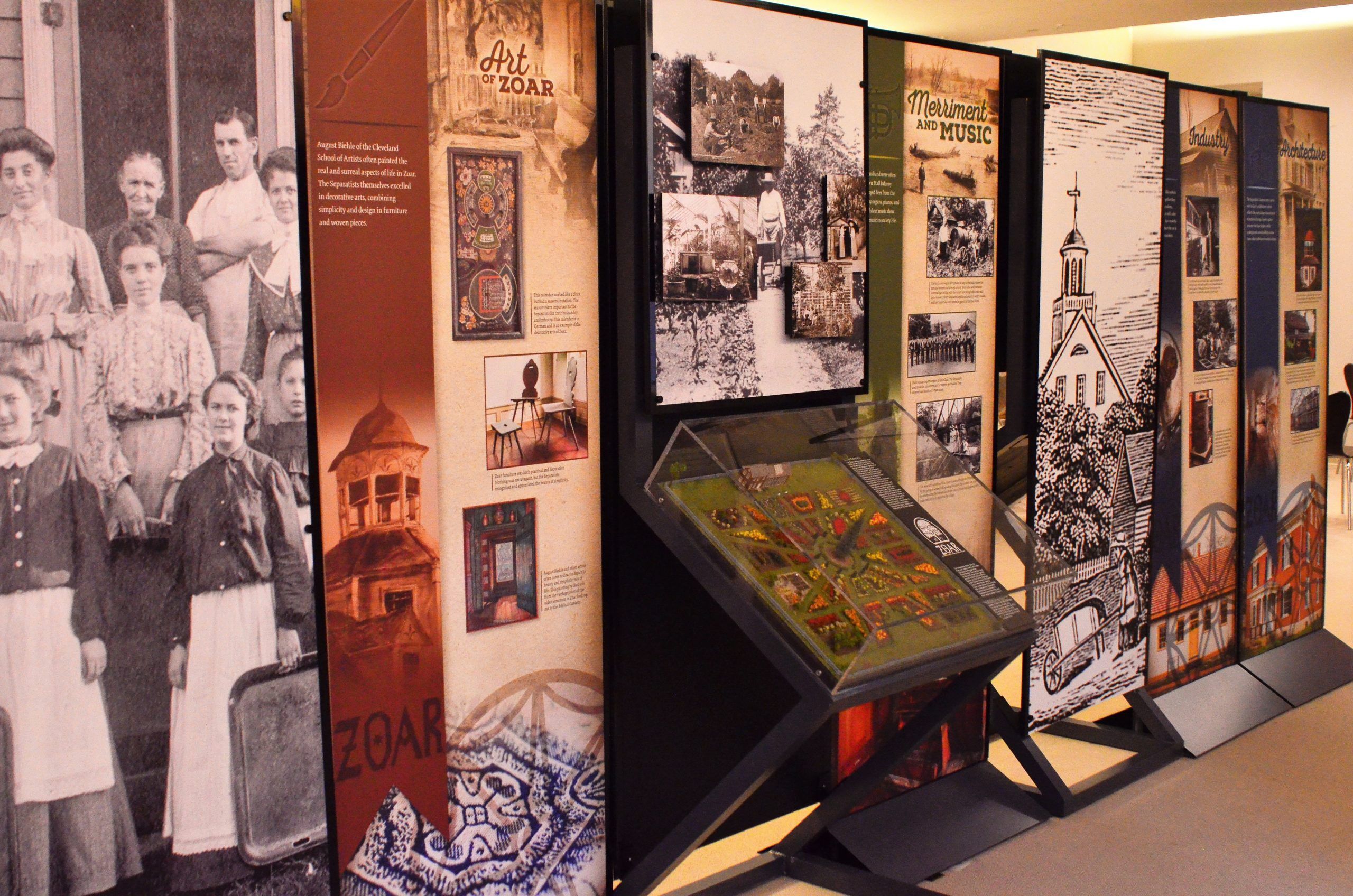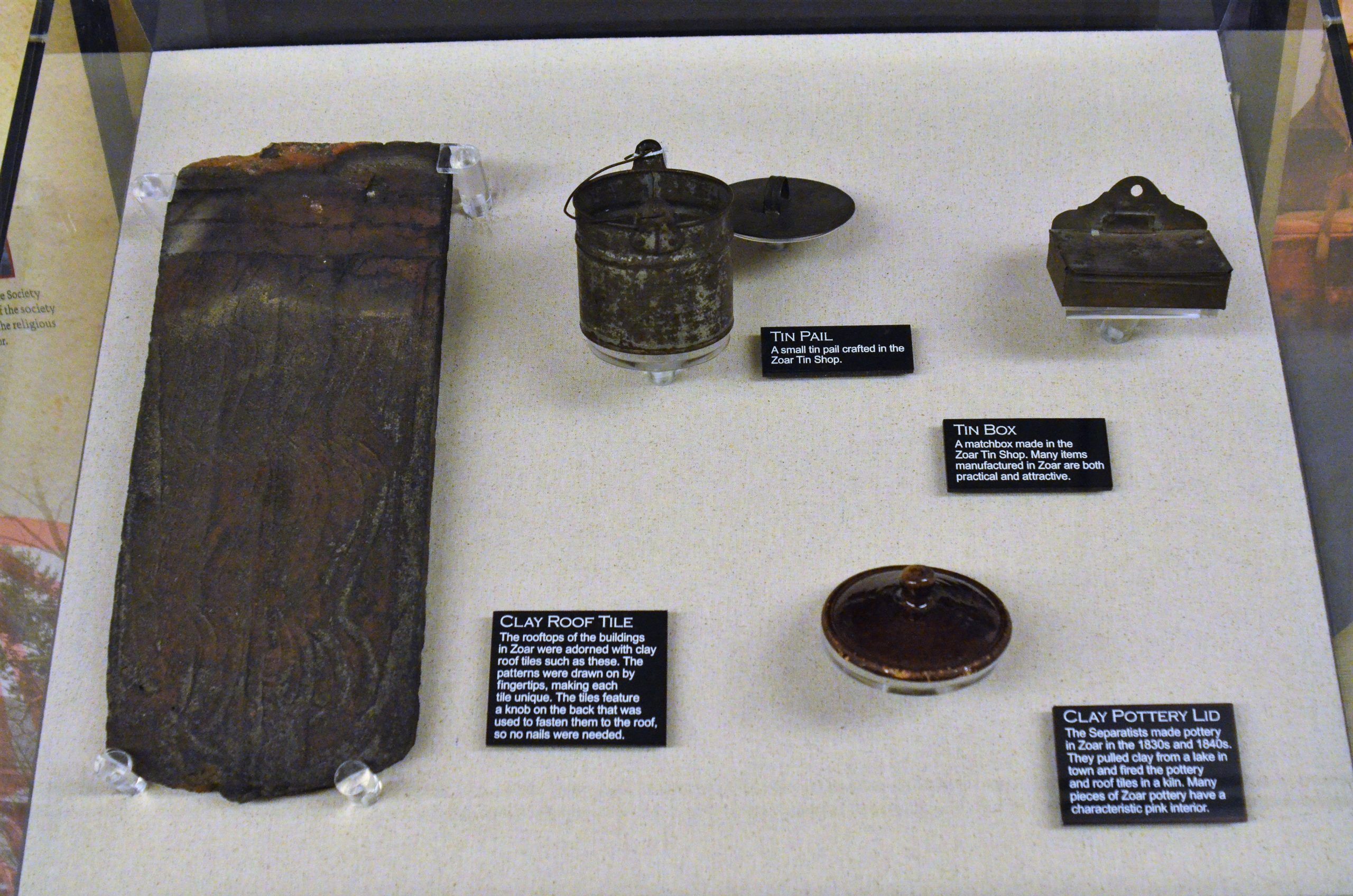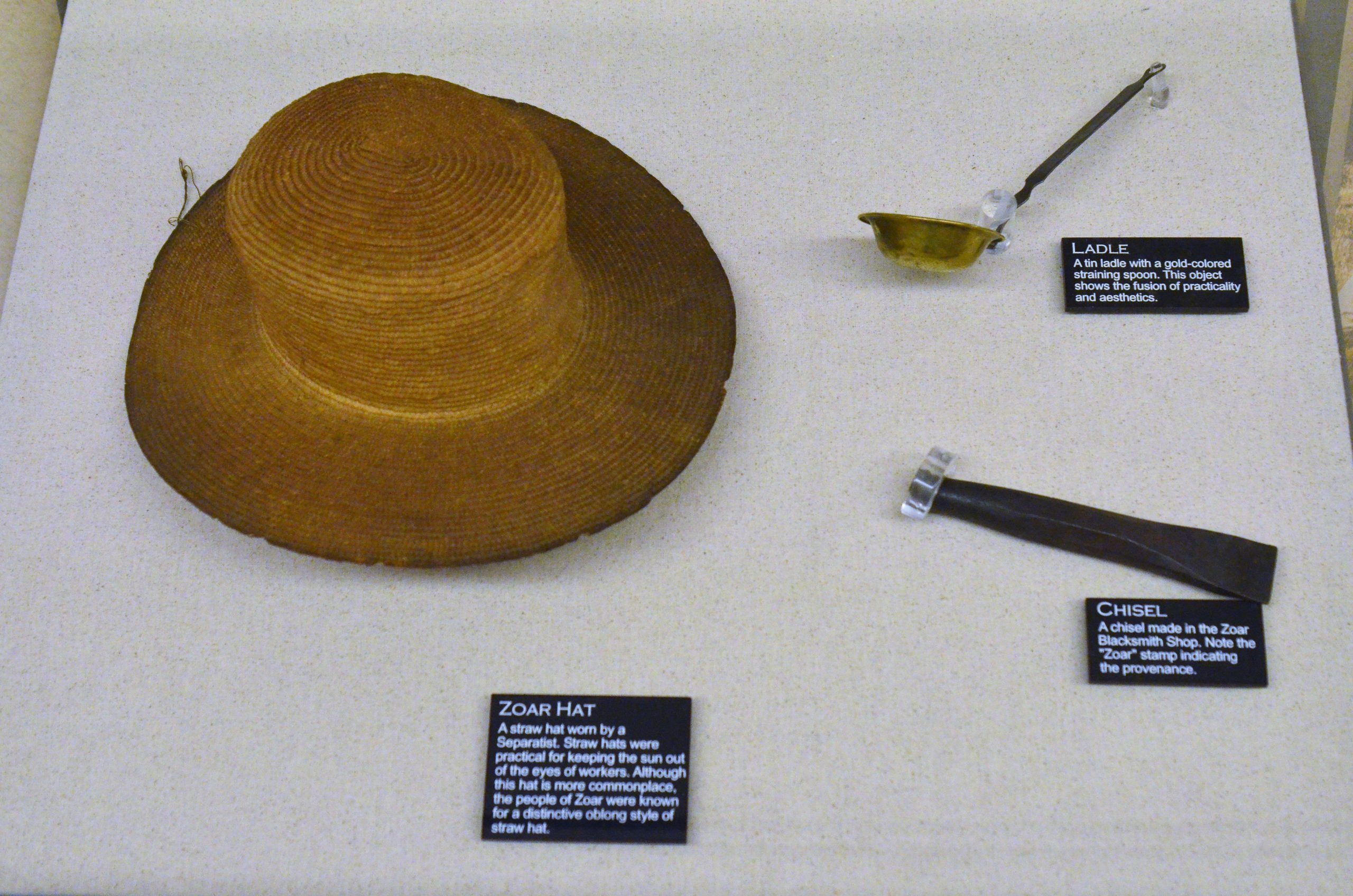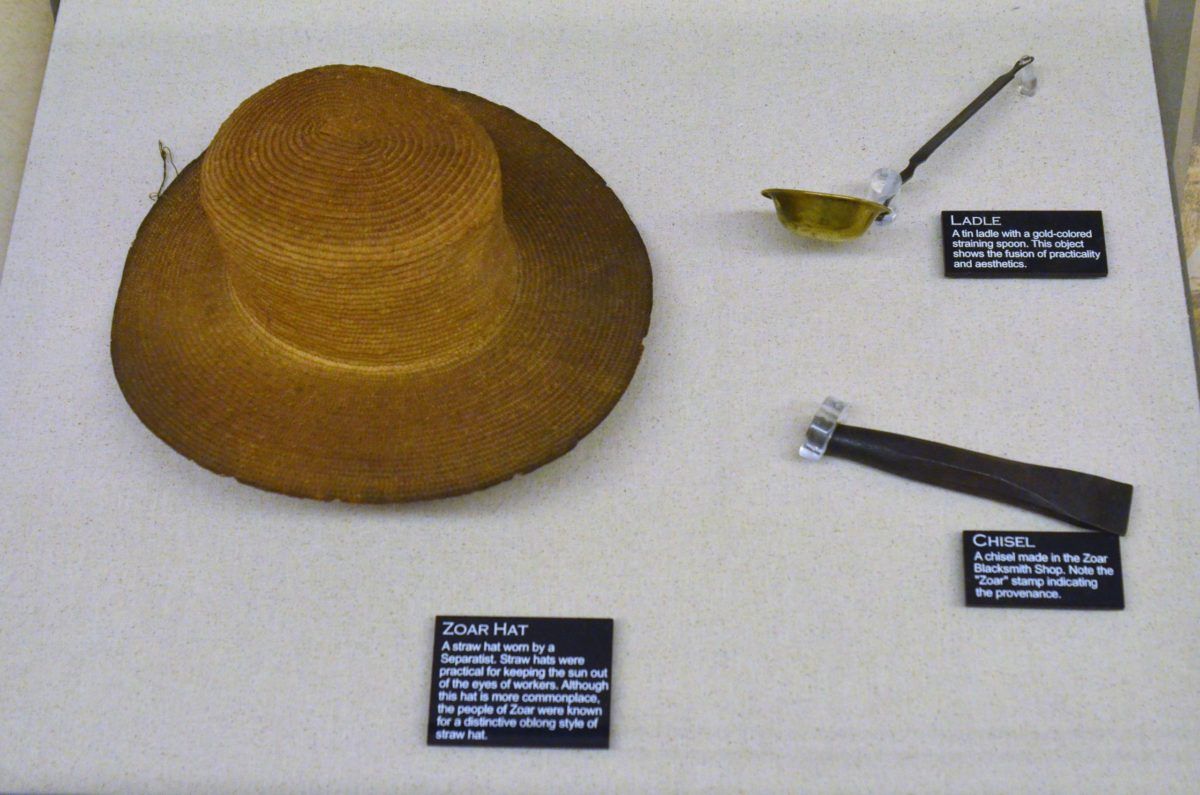Historic Zoar Village
German-American Heritage Museum of the USA™
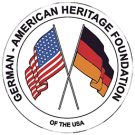
Follow us

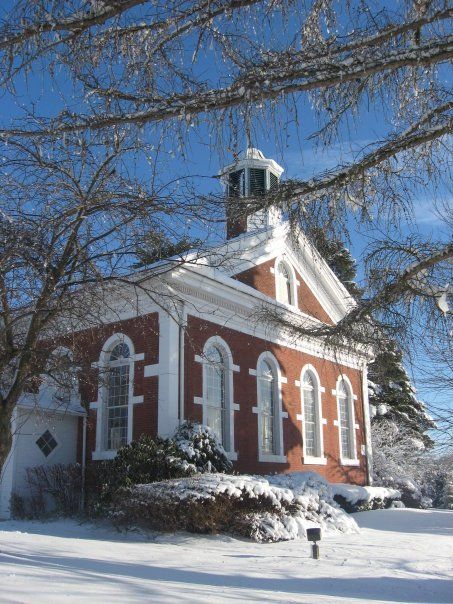
Meeting House in Zoar
Spring 2017
Historic Zoar Village: 1817 – 2017
This exhibit, which commemorated the 200th anniversary of the Historic Zoar Village in Ohio, shared the story of how German immigrants created one of America’s most successful communal settlements. The German religious separatists who founded Zoar, fled religious persecution in their homeland of the Kingdom of Württemberg, in southwestern Germany. The Society of Separatists of Zoar named it after the Biblical village to which Lot and his family escaped after their flight from Sodom.
In 1817, 200 men and women arrived on the banks of the Tuscarawas River in northeast Ohio and began building a communal settlement that would last until 1898. The Separatists thrived on agriculture but also applied their work ethic and entrepreneurial spirit to other endeavors, such as helping to construct a portion of the Ohio and Erie Canal, creating a “Zoar-style” of furniture for export, and building a popular tourist destination for weekenders in the mid-1800s.
In addition to highlighting these and other aspects of Zoar life, the exhibit also included a three-dimensional replica of the Zoar Garden – a 2.4-acre, scripture-inspired meditative space that remains the centerpiece of the village today – and displays of Zoar artifacts including furniture, tools, pottery, and art. This exhibit was a loan from the Zoar Community Association.
Travelling Exhibit Panels to Celebrate the Bicentennial
